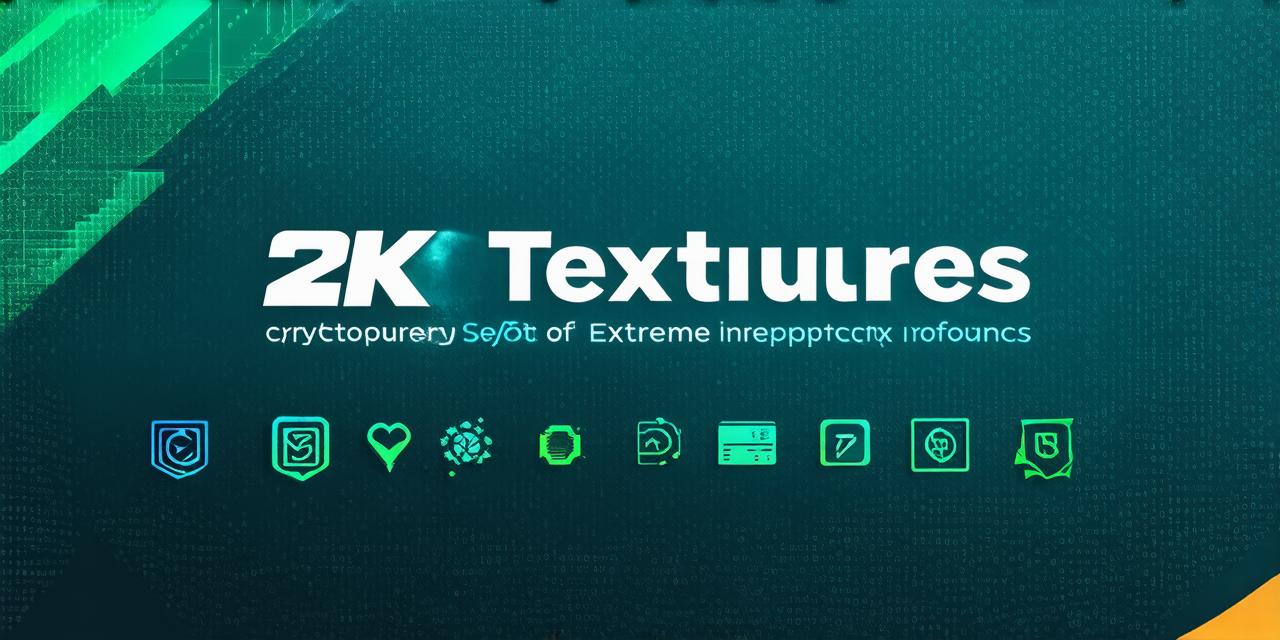Cryptocurrency is an electronic digital currency that uses cryptography to secure its transactions and to control the creation of new units. It operates on a decentralized system, meaning that there is no central authority controlling it, but rather a network of computers that validate and verify transactions.
One of the most important aspects of cryptocurrency development is understanding its underlying technology, which is based on blockchain. Blockchain is a decentralized digital ledger that records all transactions in a secure and transparent manner. It allows multiple parties to share data without the need for a central authority to manage it. This technology is the backbone of many other cryptocurrencies as well, including Bitcoin, Ethereum, and Ripple.
In this article, we will explore what it takes to develop a successful cryptocurrency project, from understanding the basics of blockchain to creating a unique and valuable token. We will also discuss some of the challenges that developers may face when working on such projects and how they can overcome them.
The Basics of Cryptocurrency Development
Before we dive into the technical aspects of cryptocurrency development, it’s important to understand what makes it different from traditional forms of currency. Unlike fiat currency, which is backed by governments and central banks, cryptocurrencies are not controlled by any central authority. Instead, they rely on a decentralized network of computers to validate transactions and maintain the integrity of the system.
To create a new cryptocurrency project, developers must first define its purpose and goals. This could include anything from facilitating peer-to-peer transactions to enabling cross-border payments or even creating a new form of digital art. Once the purpose has been established, developers can begin designing the technical aspects of the currency, such as its blockchain architecture and consensus algorithm.
One of the most important decisions that developers must make is how they will create new units of their cryptocurrency. This can be done through a process called mining, which involves solving complex mathematical equations to validate transactions on the network. In return for their efforts, miners are rewarded with newly minted coins. Alternatively, some cryptocurrencies use a different method of creating new units, such as issuing them directly to users or burning a portion of existing supply.

Another critical aspect of cryptocurrency development is ensuring the security of the system. This requires developers to implement robust encryption and other security measures to protect against hacking and fraud. Developers must also consider the potential for 51% attacks, which occur when a single entity controls more than half of the network’s computing power, allowing them to manipulate transactions and double-spend coins.
The Future of Cryptocurrency Development
As cryptocurrency continues to gain popularity, we can expect to see more innovation in this field. One area that is likely to see significant development is the integration of smart contracts into cryptocurrencies. Smart contracts are self-executing digital contracts with the terms of the agreement between buyer and seller being directly written into lines of code. They have the potential to revolutionize many industries, from real estate to supply chain management, by automating complex processes and reducing the need for intermediaries.
Another area that is likely to see significant development is the use of decentralized finance (DeFi) applications on cryptocurrency networks. DeFi refers to a range of financial services that are built on blockchain technology, such as lending platforms, decentralized exchanges, and prediction markets. These applications have the potential to disrupt traditional financial systems by providing users with greater control over their financial transactions and reducing the need for intermediaries.
